José de Val Río
Extant
Soria, Castile and León, 42004, Spain
Very few of the structures are visible from the road, but if the artist is at home, he is generally willing to show visitors around the site.
About the Artist/Site
José de Val Río, known as Pepe, was born in the small village of Pedrosa del Río Urbel, only about 14 miles from the provincial capital of Burgos. He spent twelve years working as a police officer in the Burgos area and further north in the Basque country, a career that spanned the difficult years of the political transition after Franco’s death in 1975 and King Juan Carlos’s repulsion of the military coup attempt in 1981. In 1982, he moved to Soria, about 88 miles southeast, and while continuing to work in the police force, also made an abrupt career change, on the side, to become a hairdresser. He opened the first “unisex” salon in Soria—a pioneering move about which he is still very proud—and designed hairstyles for the young hipsters of the 1970s and 1980s. He continued with this line of work until he retired on December 30, 2000, and although he describes the hairdressing work as creative and even sculptural in a way, he had no other formal art background and had never articulated any particular interest in the visual arts. He did, however, express himself in poetry, something he continued for decades.
Val and his wife purchased approximately 1.5 acres of property across the river from the urban center of the city of Soria, just past the famous twelfth century Romanesque monastery and open-air cloisters of San Juan del Duero. There, on this rocky and hilly rural property, he built a small split-level “country” house for the small family (his son was born around 1985), carving out the homesite from the huge boulders that reached up to a level now equal to that of the roof. After completing the construction of the house, he was compelled to continue to enhance it, so added bas-relief stone sculptures using food imagery on three sides of the oven in the kitchen. His wife was not pleased with the adornments, nor by his awakened desire to carve the stones that he had excavated from where the house was built and that underpinned the upper sections of his land. When a large rock on the property “disturbed” him; he moved it closer to the house, where he could see it better, until one day he decided that he would carve it into a lion, his first three-dimensional work. He had no stone-working tools, so he made some himself, heating up steel rods in a homemade forge, until he had fabricated a selection of instruments that would allow him to shape, cut, and file the raw materials. People in town began to say that he was crazy and his wife ultimately separated from him, taking their son and moving back into town.
But, with the label of crazy, Val says, came a certain sense of liberty and security. With various sizes and shapes of hammers, chisels, saws, awls, picks, and even a hatchet—some of these purchased, but many still homemade, and all well-used—he carved directly into the stones to bring out the forms he saw therein, without any preliminary sketches or maquettes created from clay or wax. Although he primarily used stones that he found on his property, he would bring others home in his small truck from wherever he found interesting specimens. Val’s inspirations are drawn from a wide range of sources; he is a reader whose interests range across world histories and cultures, and such personages as the Celitberian fourth century b.c.e. bust of the Lady of Elche, Elvis Presley, a representation of African famine, a gypsy holding her child, Greeks, Romans, coats of arms of soccer teams, and a Spanish bullfighter share space with abstractions, monumental furniture, animals, and more. Arches without rooftop coverings surround open-air patios below the house, architectural elements clearly referential to the cloisters of the Romanesque monastery of San Juan de Duero just down the road.
The majority of the approximately 300 freestanding, bas-relief, and mounted stone sculptures were created between 1998 and 2000, an intense three-year period, although at least one is dated 1995, and a few others were also completed during the periods before and after his most concentrated labors. His prodigious production abruptly stopped in 2002, however; on January 28 of that year, at age 59, he was struck with a blood clot that left him in a wheelchair for three months. At the time of my 2008 fieldwork he was walking again, but he had lost some vision in his eyes and much of the force in his hand, so he was unable to work with the stone as he did before, although he retains remarkable strength.
“I have always been very restless,” he says, and the intensity of his drive to release the beings that he saw in the rocks that surrounded his home became a force that, while unfortunately but unquestionably marginalizing him from his family and his community, also vaulted him into the ranks of one of the most important creators of art environments in Spain. Very few of the structures are visible from the road, but if the artist is at home, he is generally willing to show visitors around the site.
~Jo Farb Hernández, 2014
Contributors
Map & Site Information
Soria, Castile and León, 42004
es
Latitude/Longitude: 41.7601129 / -2.4789622
Nearby Environments


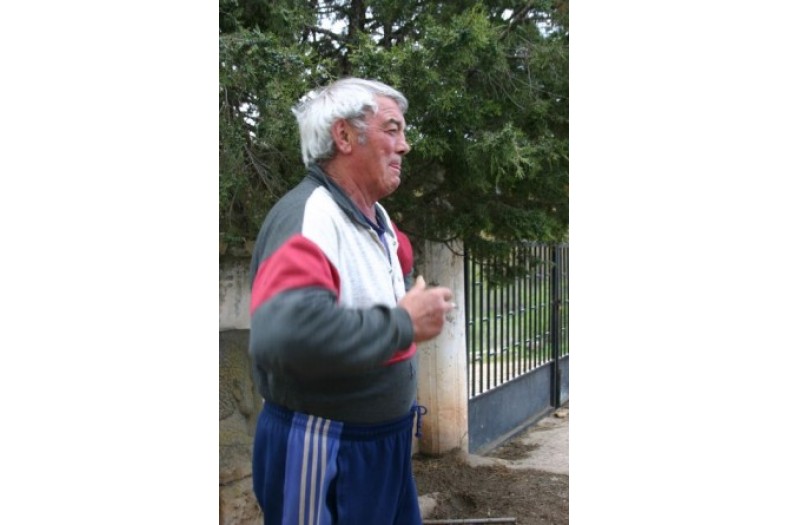
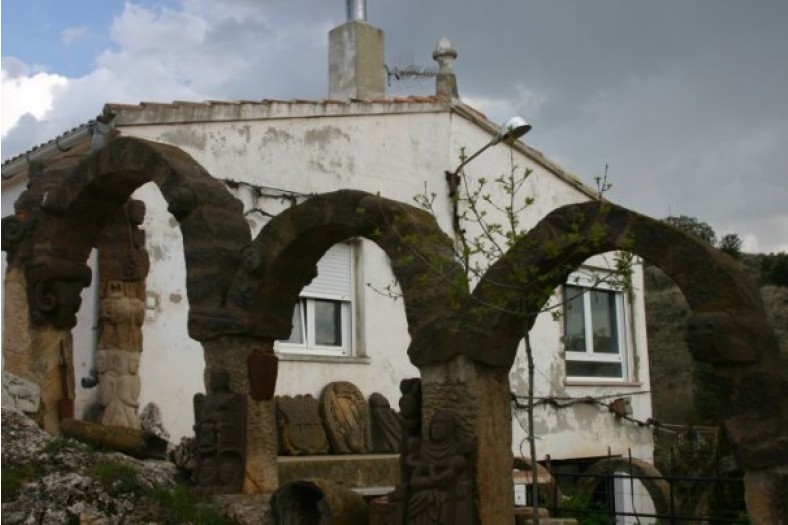
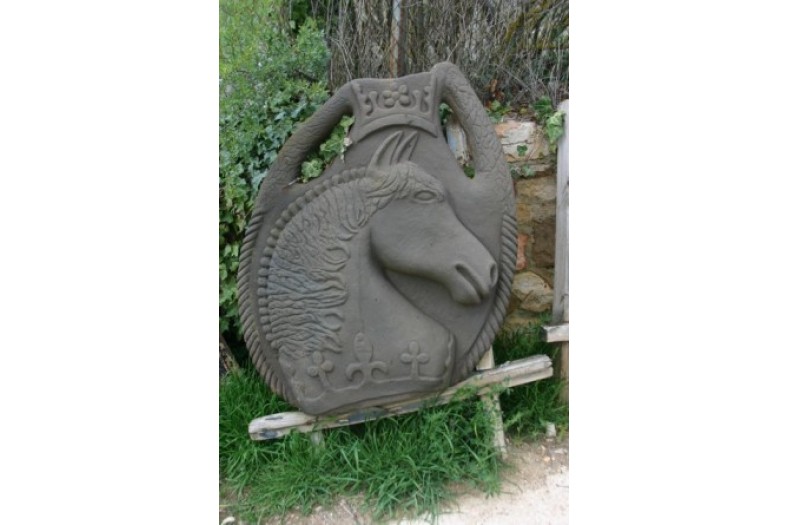
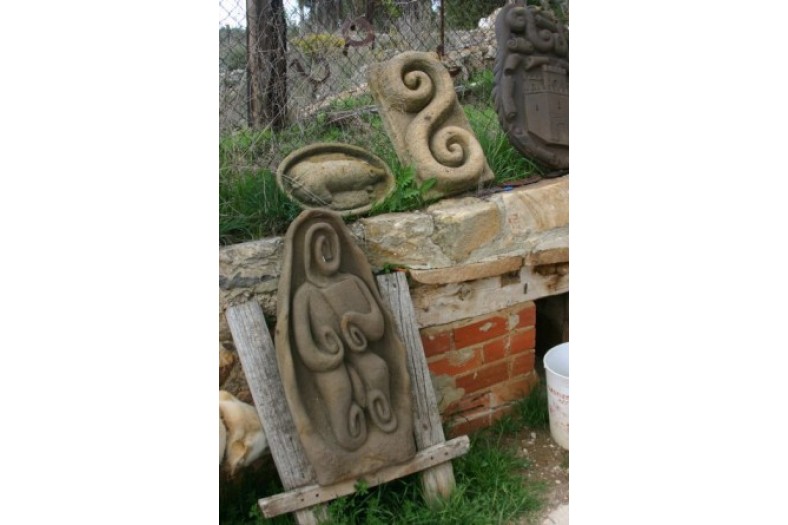
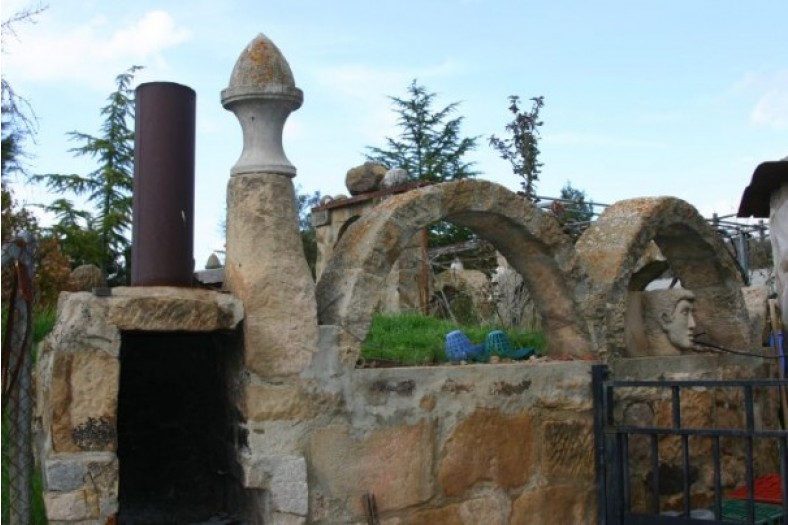
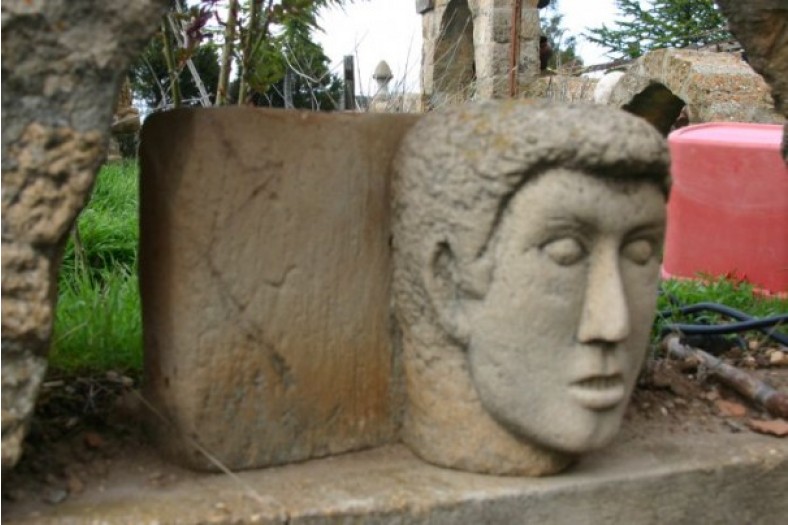
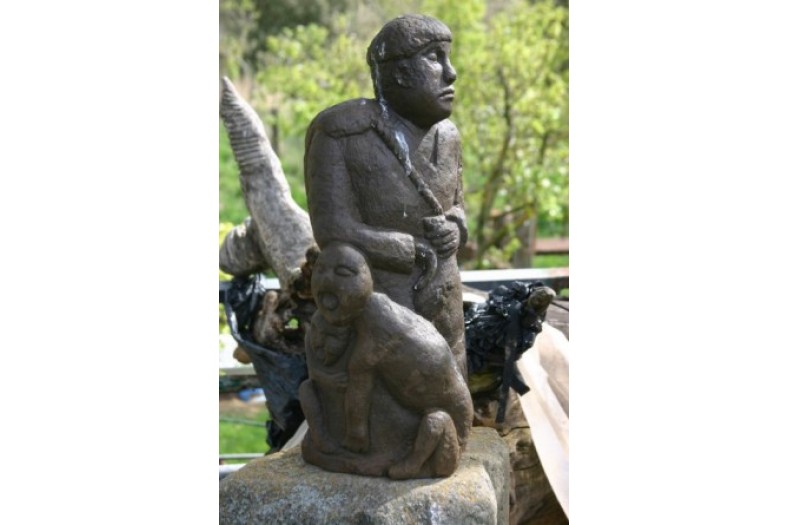
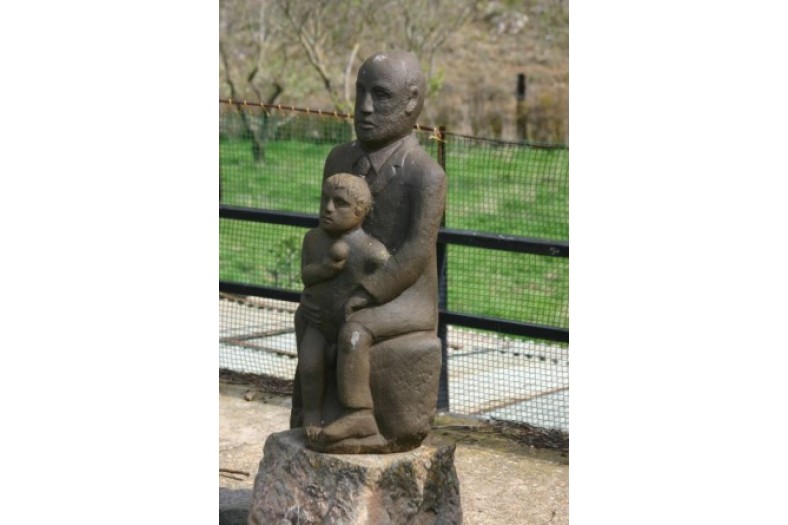
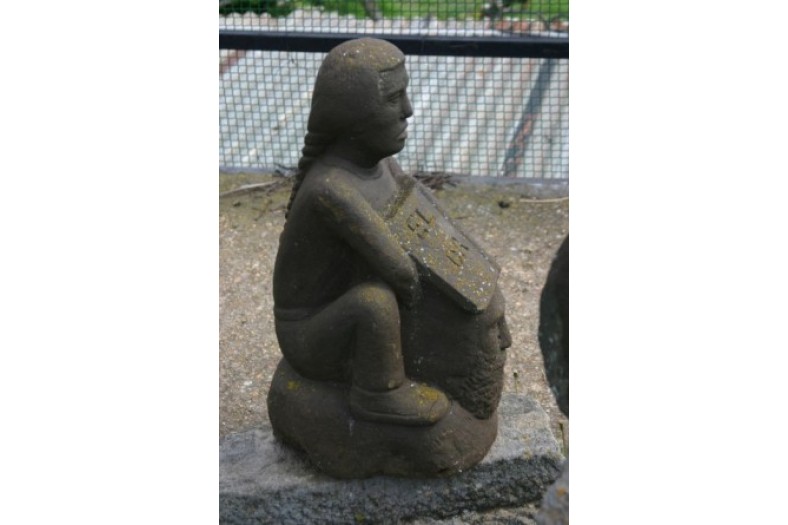
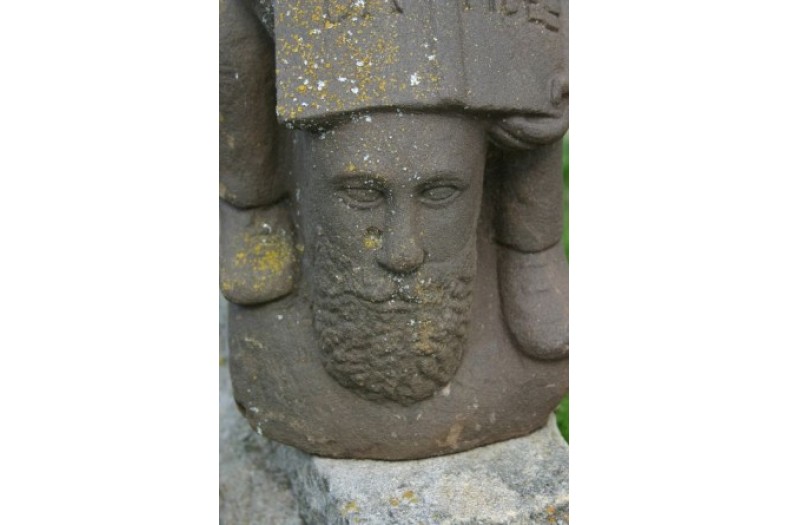
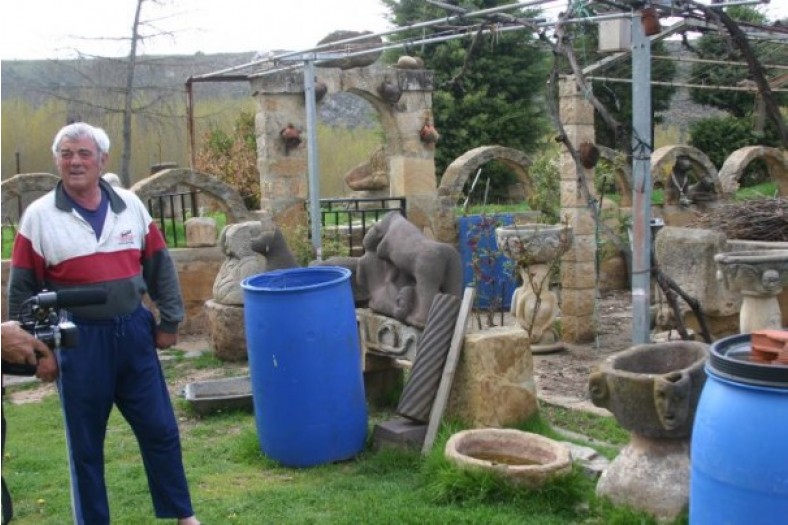
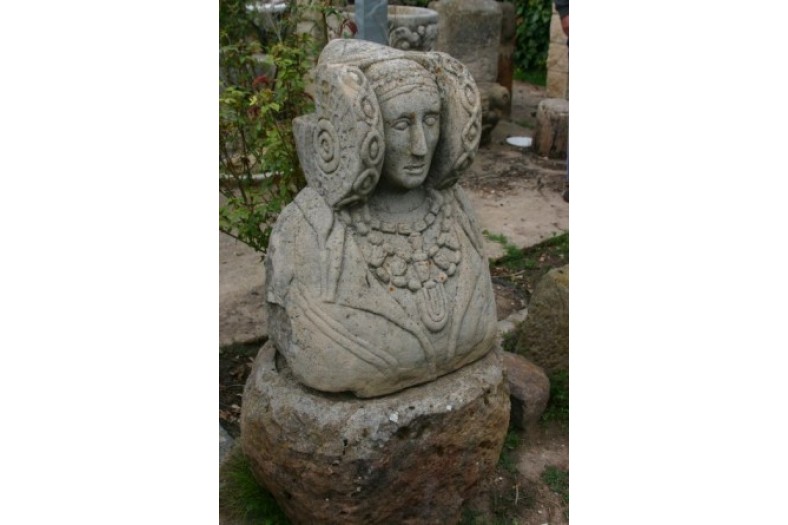
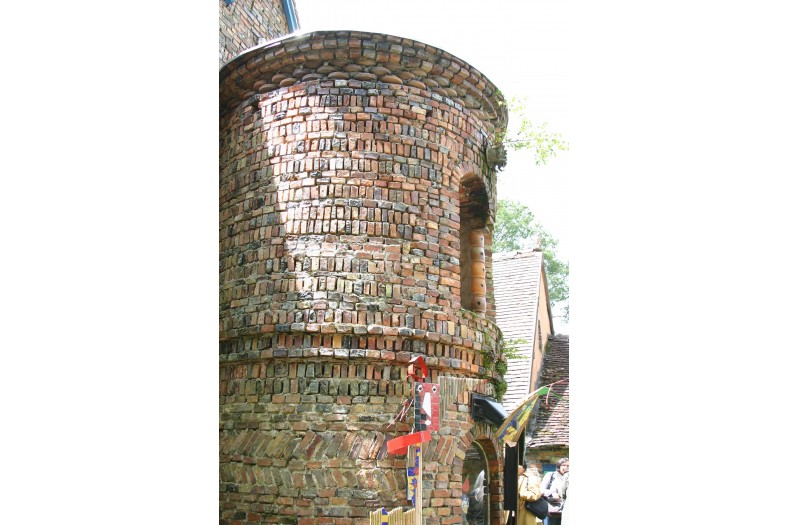
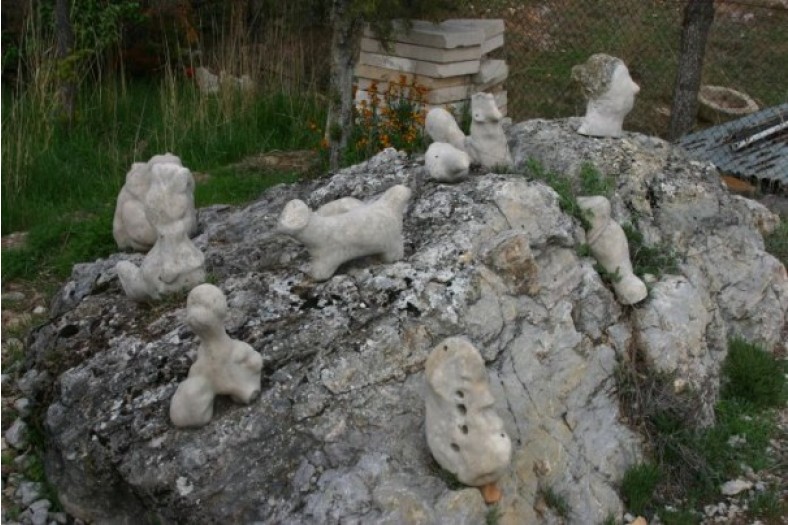
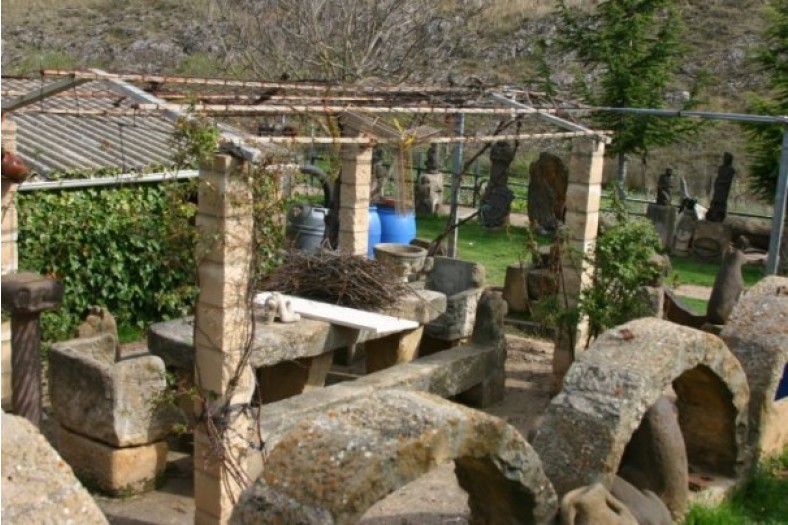
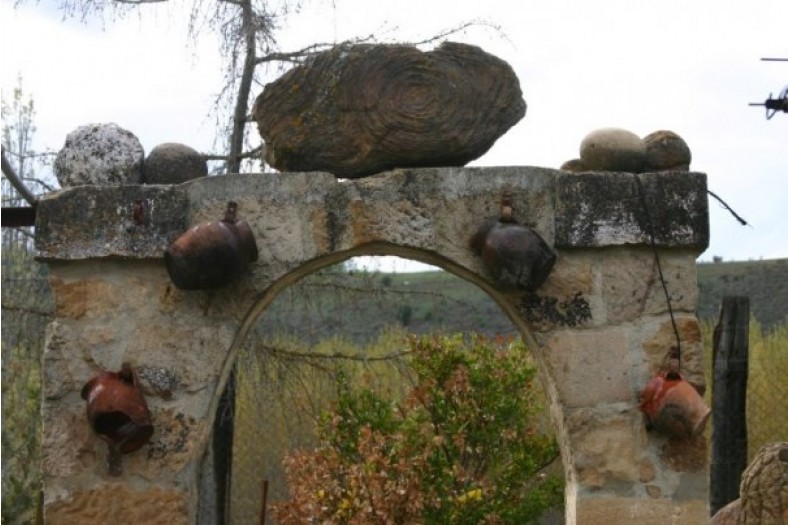
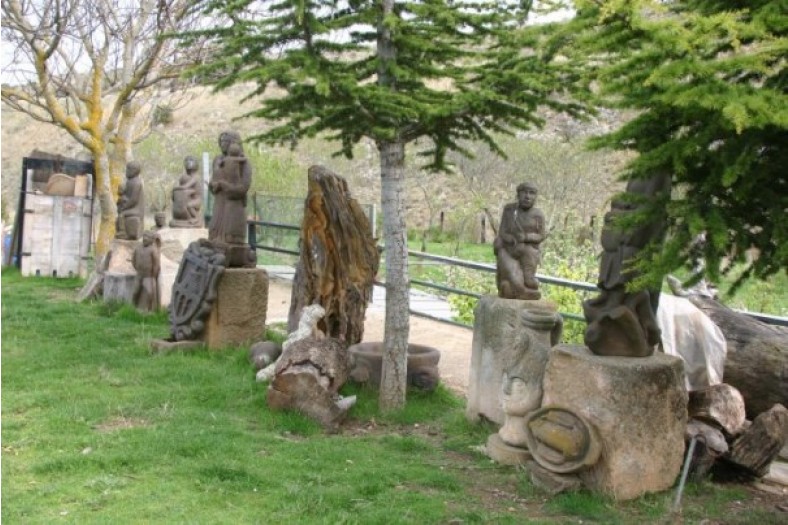
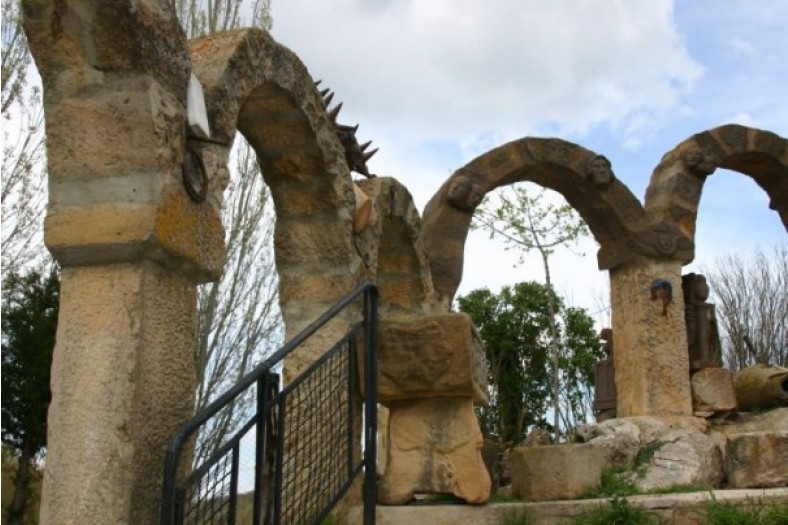
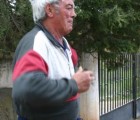
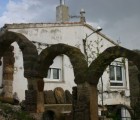
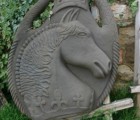
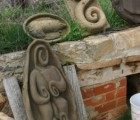
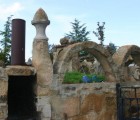
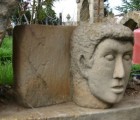
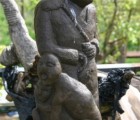
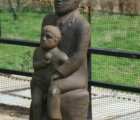
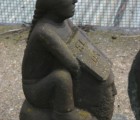
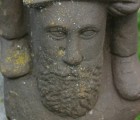
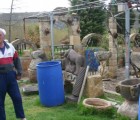
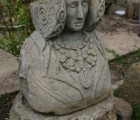
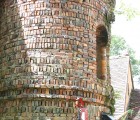
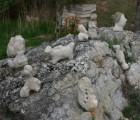
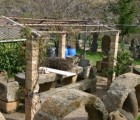
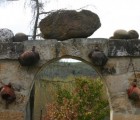
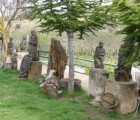
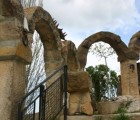
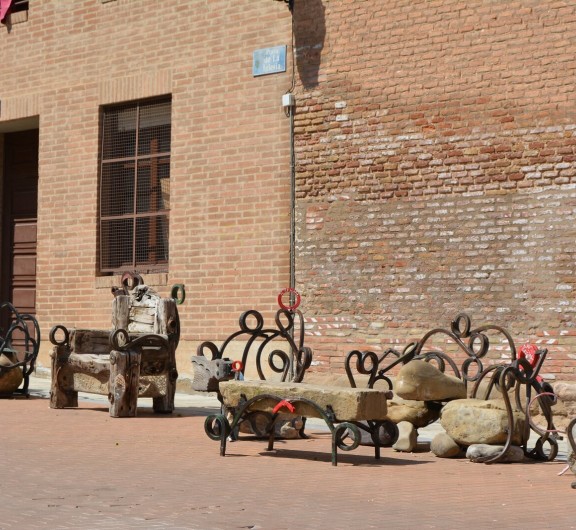
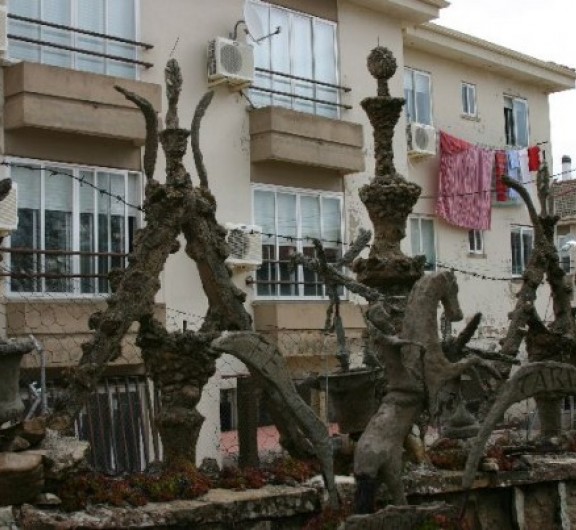
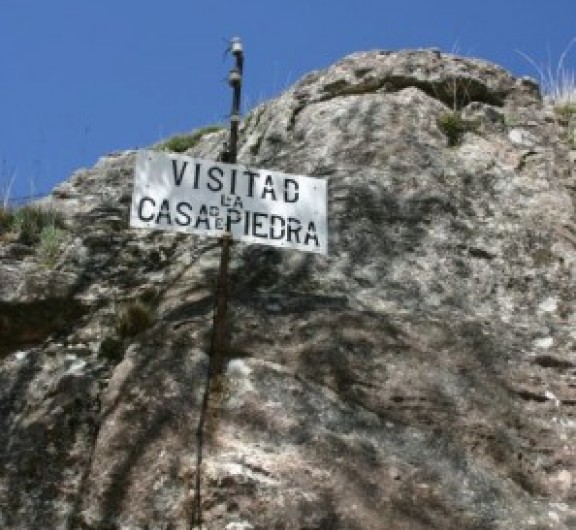

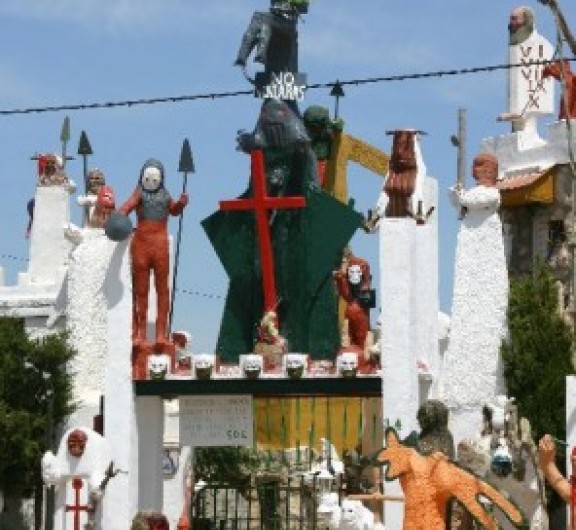
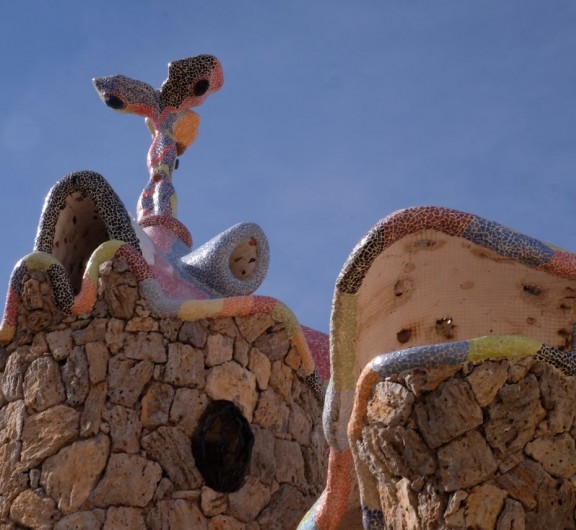

Post your comment
Comments
No one has commented on this page yet.